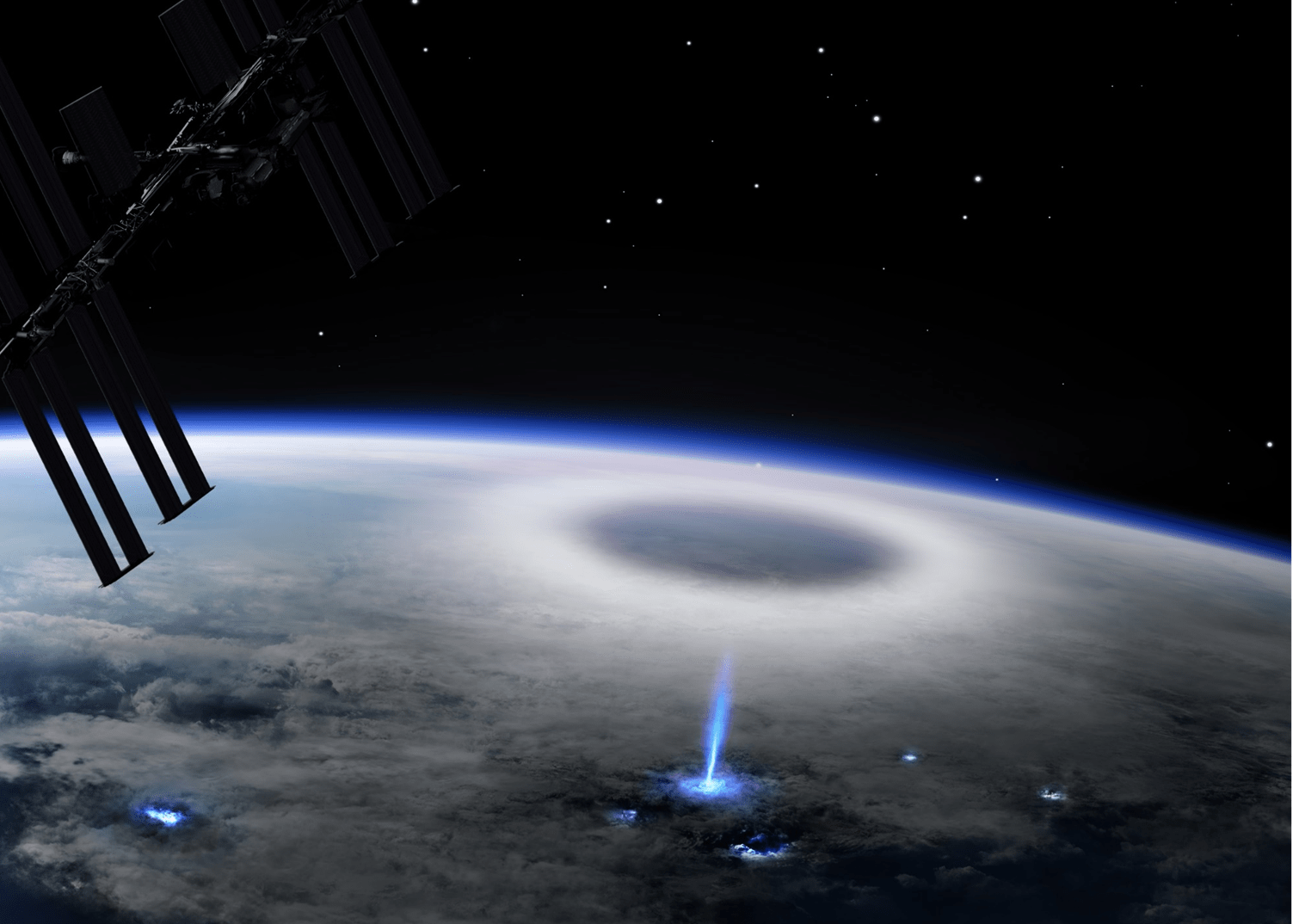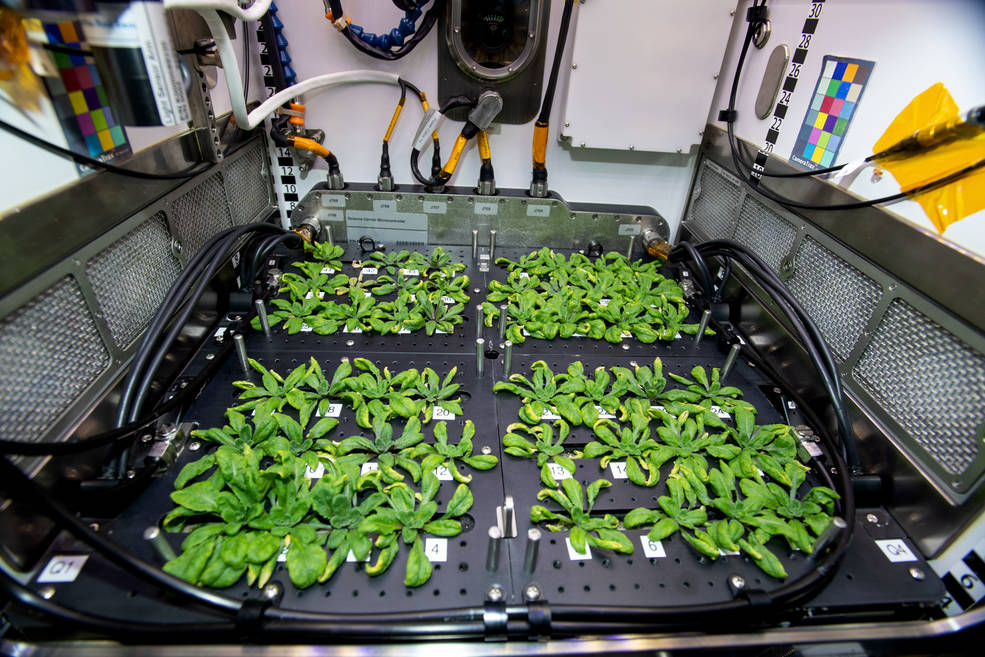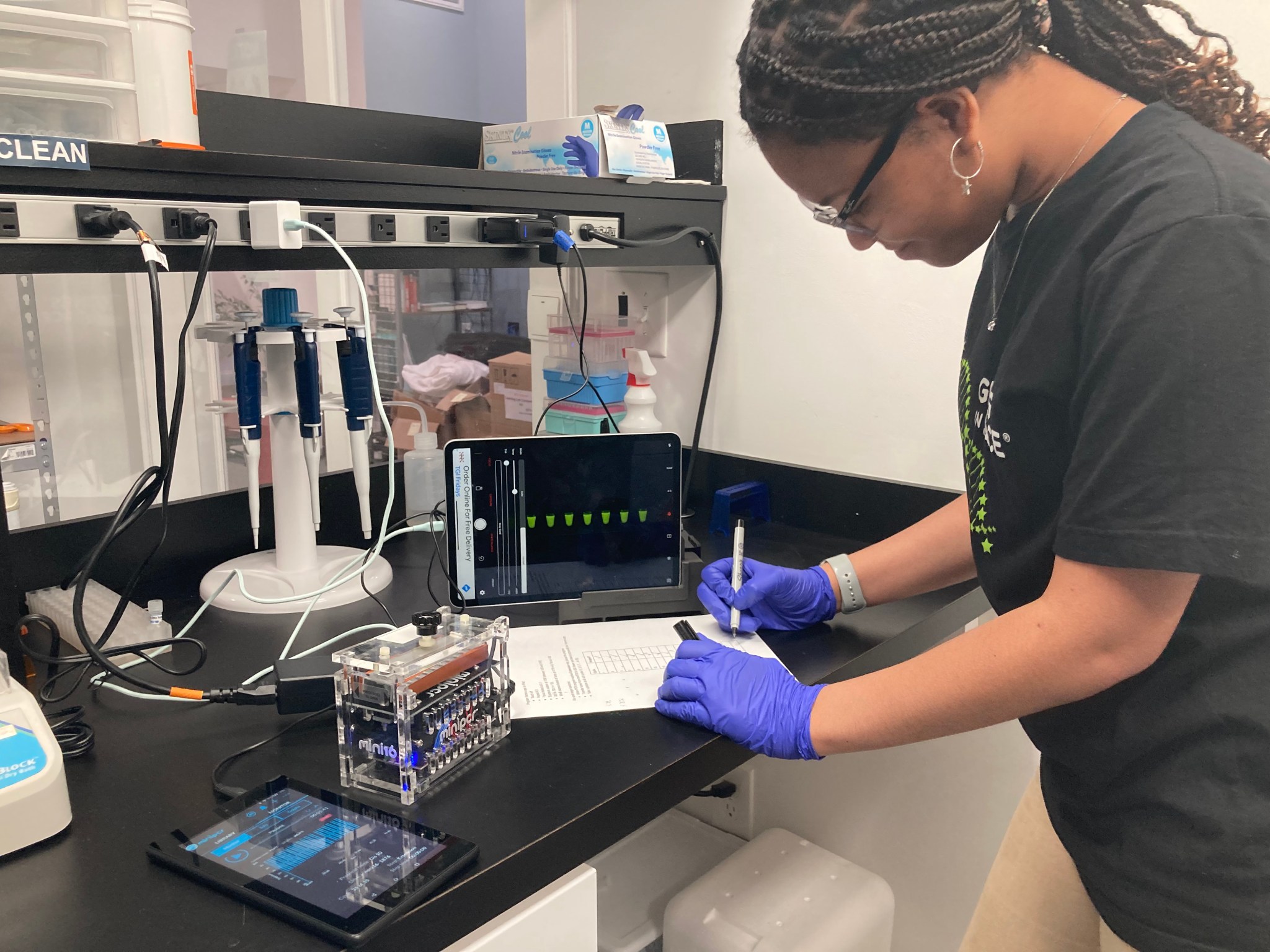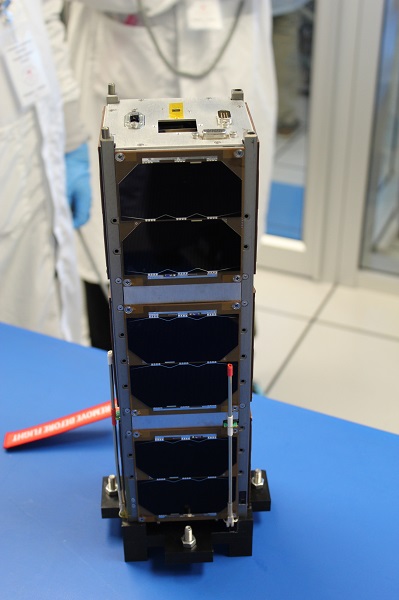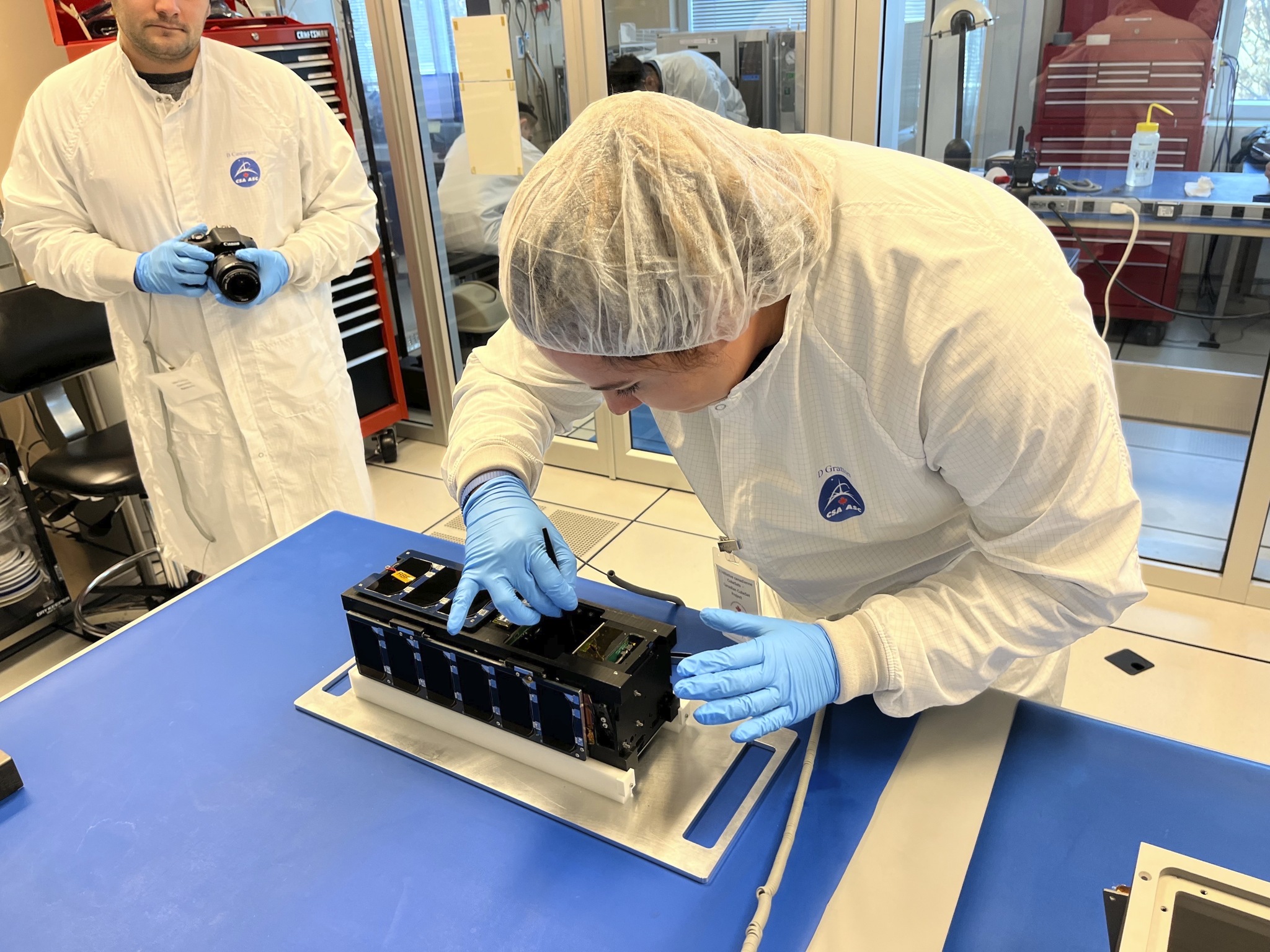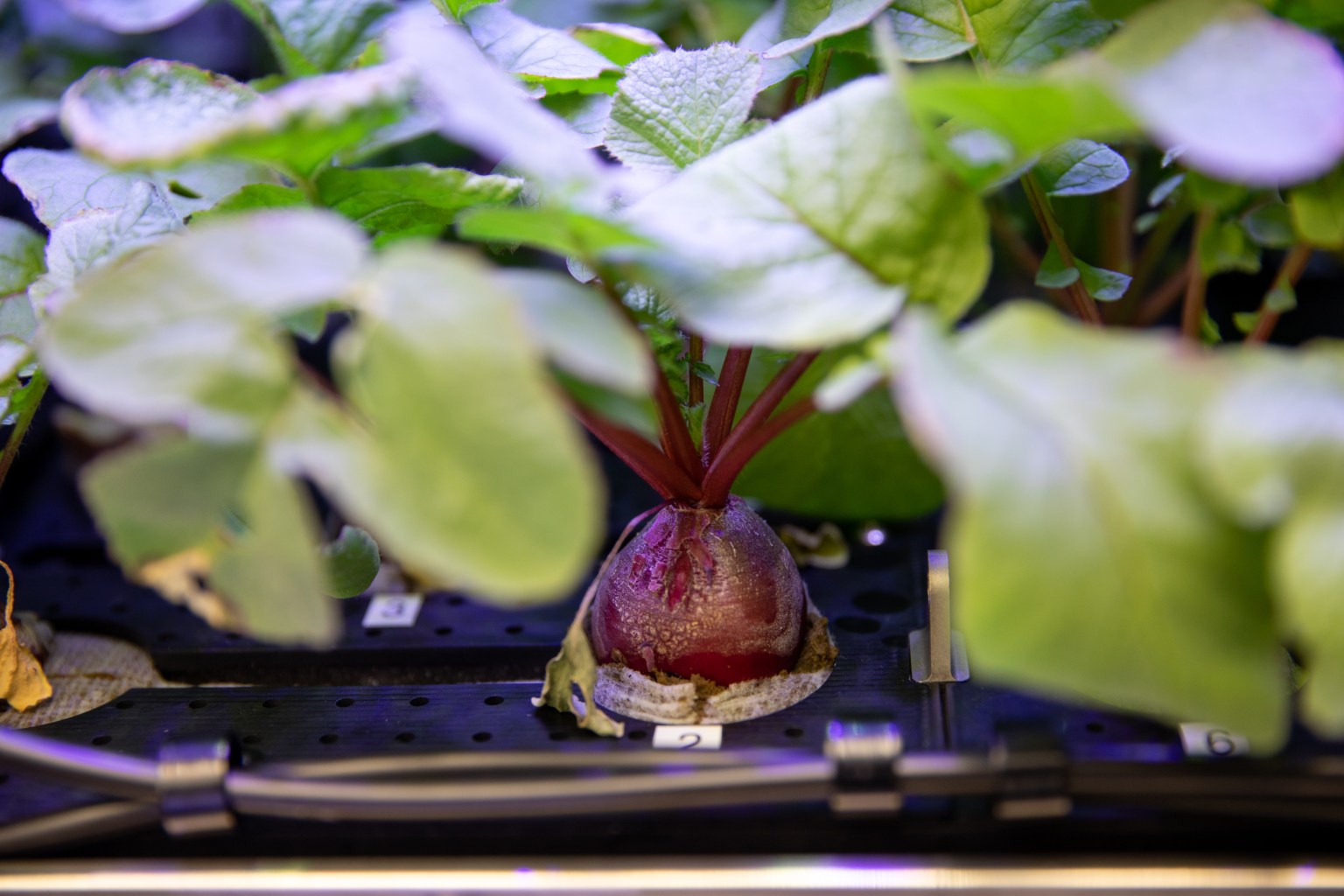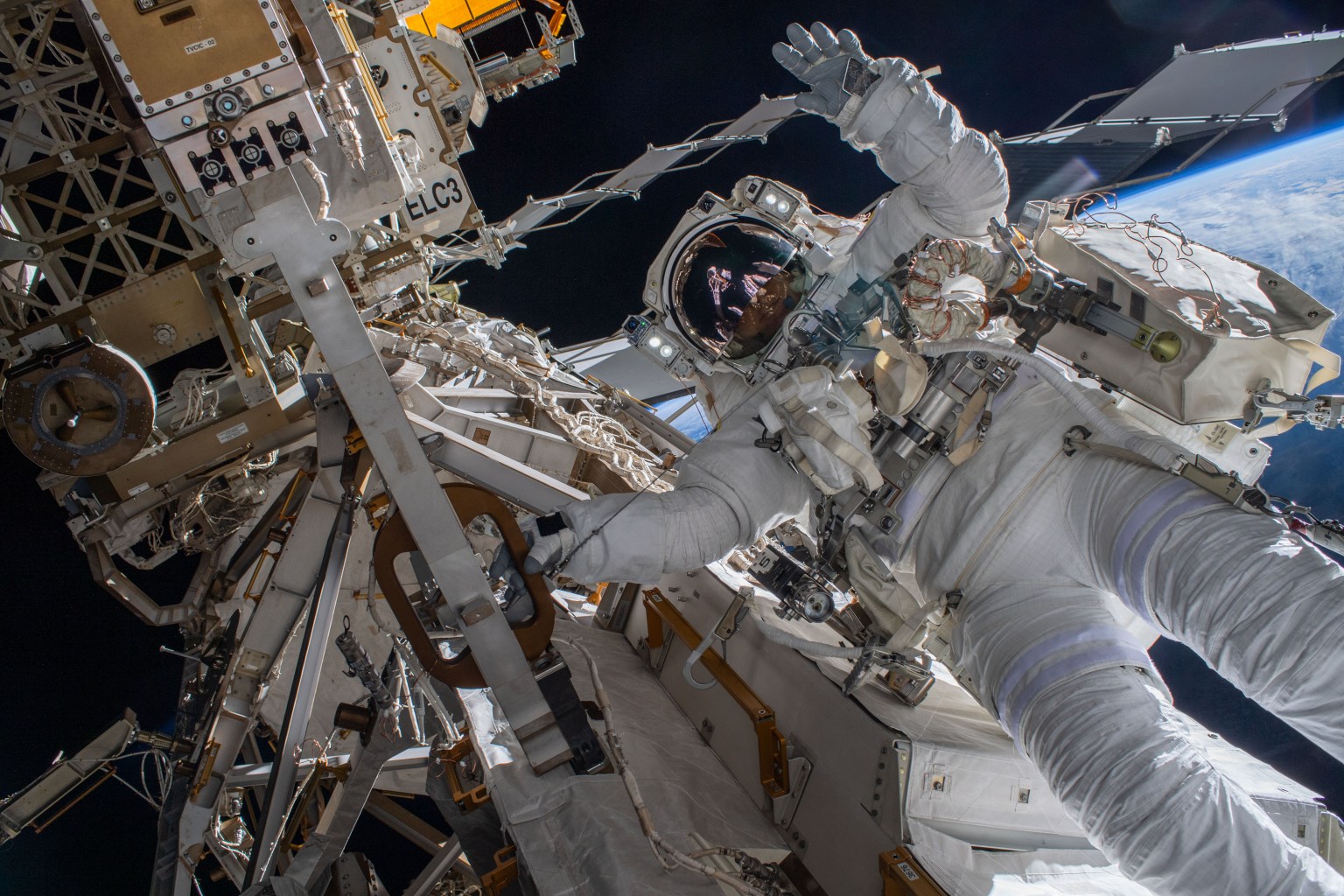Lee esta historia en español aquí.
The 28th SpaceX commercial resupply services (CRS) mission for NASA is scheduled to launch to the International Space Station from the agency’s Kennedy Space Center in Florida no earlier than June 3. The uncrewed Dragon spacecraft carries scientific experiments and technology demonstrations, including studies of plant adaptation to stress and genetic structures called telomeres and deployment of satellite projects designed by students in Canada.
Download high-resolution photos and videos of the research mentioned in this article.
Here are details on some of the research launching to the orbiting lab:
Thunderstorm Watch
Thor-Davis, an investigation from ESA (European Space Agency), observes thunderstorms from the space station. This vantage point allows researchers to see the electrical activity from above, particularly the inception, frequency, and altitude of recently discovered blue discharges. Scientists plan to estimate the energy of these phenomena and their effect on the atmosphere. A better understanding of lightning and electrical activity in Earth’s atmosphere could improve atmospheric models and provide a better understanding of Earth’s climate and weather.
Helping Plants Chill in Space
Plants exposed to environmental stress, including spaceflight, undergo epigenetic changes, which involve adding extra information to DNA rather than changing it. Plant Habitat-03 (PH-03), led by Anna-Lisa Paul and Robert Ferl at the University of Florida, assesses whether plants grown in space can transfer such adaptations to the next generation and, if so, whether a change continues or stabilizes. The investigation creates a second generation of spaceflight plants using seeds previously produced on orbit and returned to Earth. Results could provide insight into how to grow multiple generations of plants to provide food and other services on future space missions. This investigation also could support development of strategies for adapting crops and other economically important plants to marginal and reclaimed habitats on Earth.
Testing a Telomere Technique
Telomeres, genetic structures that protect our chromosomes, shorten with age and wear. But research has shown that telomeres lengthen in space. Genes in Space-10 tests a technique for measuring telomere length in microgravity, where methods typically employed on Earth are difficult to use. The experiment explores whether telomere lengthening in space is caused by a proliferation of stem cells — undifferentiated cells that give rise to specific body components and that typically have long telomeres. Understanding the mechanism behind telomere lengthening could reveal possible effects on astronaut health during long-term missions. Results also could lay the groundwork for a variety of related research to benefit future space travel and people on the ground.
Genes in Space is a national contest for students in grades 7 through 12 to design biotechnology experiments for space. The program is sponsored by miniPCR, Math for America, Boeing, New England Biolabs Ltd., and the ISS National Laboratory. Pristine Onuoha, a high schooler in Chapel Hill, North Carolina, is the winner of the 2022 competition.
Thawing Ice, Solar Storms, and Attitude Recovery
Mission 26 for the station’s Nanoracks CubeSat Deployer (NRCSD) includes Nanoracks ESSENCE, sponsored by the ISS National Lab and developed by universities in Canada and Australia. It carries a wide-angle camera to monitor thawing of ice and permafrost in the Canadian Arctic, which could provide a better understanding of the effects on Earth’s climate and support better local infrastructure planning. The satellite also carries a solar energetic proton detector to collect data on solar proton events (SPEs), periods of solar activity that emit highly energized radioactive protons. Radioactivity from these events can damage the structure and electronic components of spacecraft; understanding its effects could support designs to make future CubeSats more resistant to radiation. In addition, the investigation demonstrates a novel method to recover control of a satellite’s attitude if one of its attitude actuators fails. This could expand uses of satellites in the future.
Watching Cosmic Weathering
Nanoracks IRIS, sponsored by the ISS National Lab, observes weathering of geological samples from direct solar and background cosmic radiation and determines whether changes are visually detectable over short time scales. The investigation also demonstrates experimental sun sensors, torque rods (which provide attitude control and detumbling for satellites), and a battery heater. Results could provide insight into similar processes on planetary bodies and, when combined with data from asteroid sampling missions, improve understanding of the origins of asteroids. A collaboration between graduate, undergraduate, and middle school students in Canada, the project provides hands-on experience that promotes interest in science, technology, engineering, and mathematics studies and careers.
Melissa Gaskill
International Space Station Program Research Office
Johnson Space Center



























